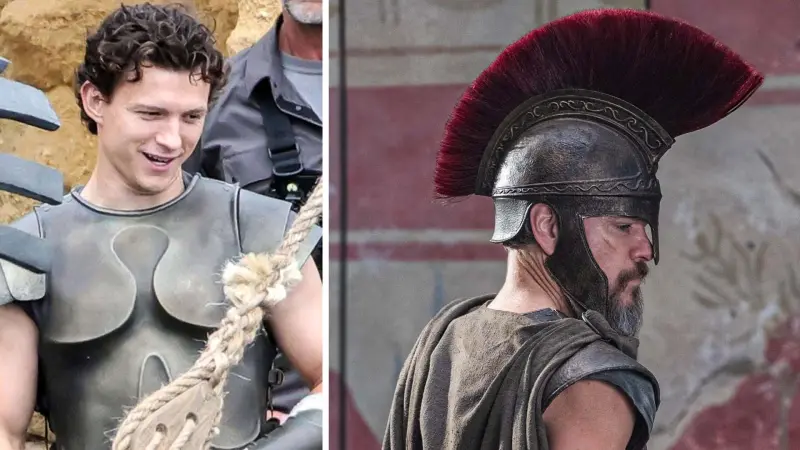Çatalhöyük, in modern-day Turkey, is home to some of the oldest surviving structures ever constructed by human hands and dates back around 9,400 years.
Excavations are still being carried out at the Neolithic Site of Çatalhöyük.
According to UNESCO, the numerous archeological levels of Çatalhöyük indicate that human activity began approximately 7,400 BCE and continued for more than 2,000 years.
Only Göbekli Tepe, which dates to roughly 11,500 years ago, is older than this ancient proto-city settlement. Despite the fact that both of these sites are in southern Turkey today, it is likely that they were created by two quite different societies.
When people began to create agriculture during this time, they were moving from nomadic hunter-gatherer communities, which had been a significant chapter in human history. Archaeologists typically hold that a society could only develop the organization and abundance of resources necessary to construct this type of community after it had mastered agriculture.
An artist's impression of how Çatalhöyük might have looked in its heyday.
"Although it was neither the first or largest farming settlement in Anatolia and the Levant, we now know that Çatalhöyük played a significant role in the cultural and economic transformations that occurred throughout the Near East during the Neolithic Period." According to UNESCO, "it served as a bridgehead for the spread of the Neolithic lifestyle to Europe and beyond because of its advantageous location in Anatolia."
The location is said to as a "streetless settlement of houses clustered back to back with roof access into the buildings." This contrasts with Göbekli Tepe, which is assumed to have been principally used as a temple for ceremonial purposes.
It is a sizable community that occupies about 34 acres. According to scholars, it could have supported a population of between 3,000 and 8,000 people given its size.
It's obvious that animals were quite important in the metropolis. Animal remains in the area, particularly those of sheep and goats, indicate that animals were domesticated here. Beautiful images of various flesh-eating wild animals are also painted on many of the walls.
The Seated Woman of Çatalhöyük was discovered at the site.
Women's artwork is also prevalent. The so-called Seated Woman of Çatalhöyük, a beautiful baked-clay sculpture of a naked woman seated on a throne with two hand rests in the form of large animals, is among the most remarkable. Some scholars have traditionally described the image as a pregnant Mother Goddess, but others think it represents an elderly local woman of high social standing.
A team led by British archaeologist James Mellaart made the initial discovery of Çatalhöyük in 1958. Mellaart was expelled from Turkey after becoming embroiled in several forgery issues, and work at the site was suspended until the 1990s.
Archaeologists now have a good idea of this wonderful location as a result of the extensive research that has taken place here. Nevertheless, mystery and intrigue still abound within the old walls of this town.









